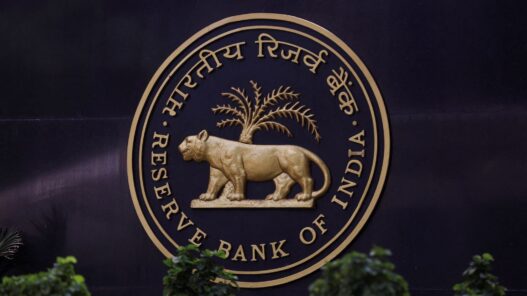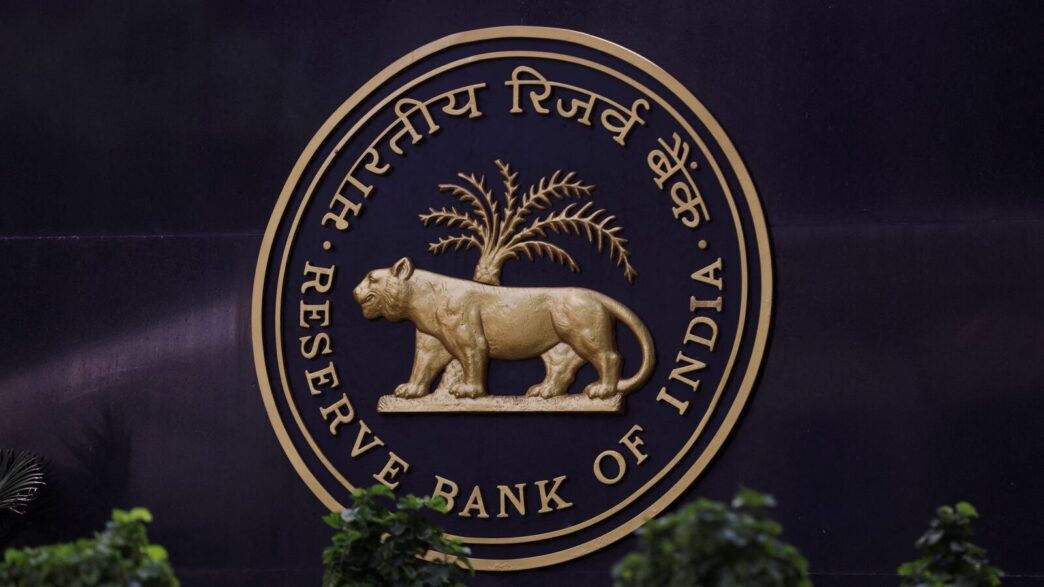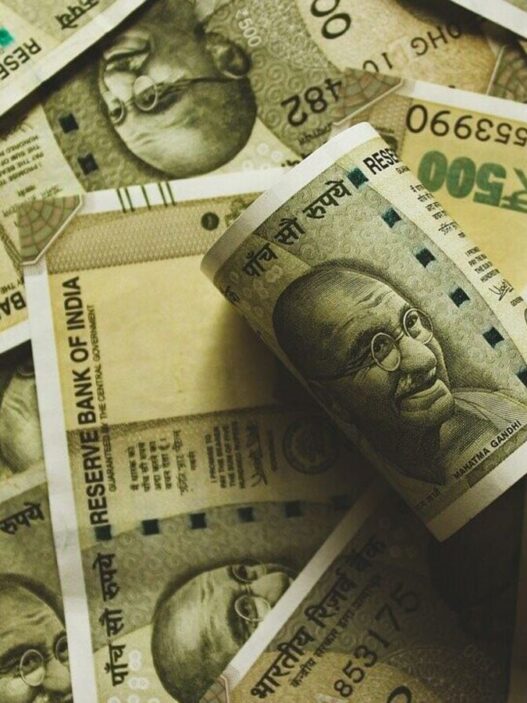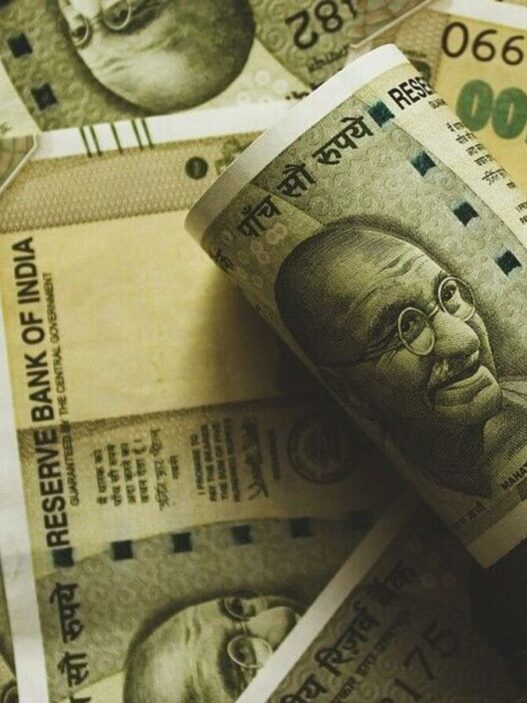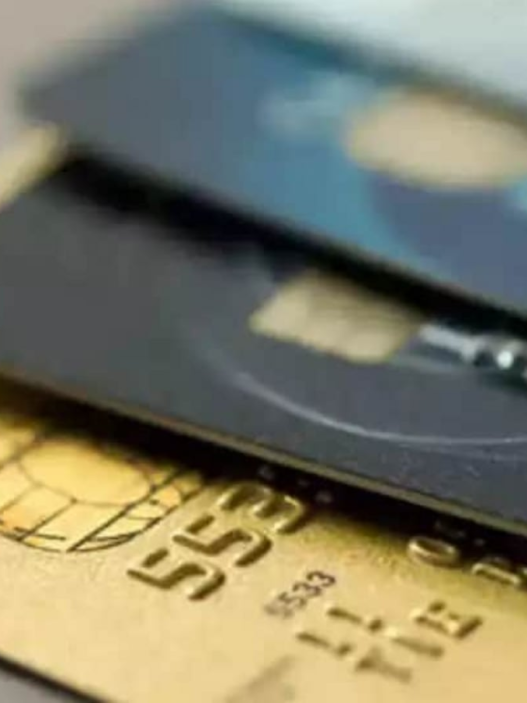The interest rate on a personal loan is a crucial factor that helps borrowers decide whether to take out a loan or not. Most borrowers keep track of factors that might influence personal interest rates to estimate their borrowing costs. One such factor that has a significant role in determining personal loan interest rates is the Reserve Bank of India (RBI).
What is the repo rate?
The repo rate is the rate at which the RBI lends money to commercial banks. The RBI lends money to commercial banks against collateral such as government securities. The central bank’s Monetary Policy Committee (MPC) determines the repo or Repurchase rate by assessing various economic indicators. The MPC comprises six members, including the RBI governor. The MPC initiates changes in the repo rate to address monetary policy objectives.
As of December 6, 2024, the current repo rate in India is 6.50%. This is the rate that the RBI has maintained since February 2023. The repo rate impacts the personal loan interest rates as well.
Impact of repo rate on personal loan interest rate
Any changes in the repo rates will affect loan interest rates, including personal loans. When the central bank raises the repo rate, borrowing becomes costly for banks. Therefore, in order to accommodate the high repo rates, banks increase interest rates on loans for borrowers. This makes the loan expensive for borrowers, impacting their finances.
However, when the RBI cuts the repo rate, commercial banks will have to pay less to banks. This may pass on to consumers as well, who can avail loans at a lower interest rate. This may make personal loans affordable to some borrowers. However, the scale on which a change in the repo rate will impact personal loan interest rates will depend on several factors, such as the cost of deposits, operating costs of banks, etc.
A reduction in personal loans through a repo rate cut is only possible if the loan is offered on a floating interest rate. However, if the personal loan is opted at a fixed interest rate, there will be no change in the interest rate due to the repo rate.
Therefore, a change in the repo rate will impact new borrowers after banks determine the new interest rates, whereas existing borrowers with fixed interest rates on personal loans will not be affected.
Accordingly, an increase in the repo rate will make personal loans expensive for borrowers with a floating interest rate. While a cut in the repo rate would make personal loans relatively cheaper for borrowers with floating interest rates.
Impact of repo rate on EMI Payments
A personal loan interest rate determines your EMI payments. The repo rate has a significant impact on EMI payments. When the RBI cuts the repo rate, banks may reduce interest rates on personal loans, which will lower EMI payments.
Whereas, if the RBI raises the repo rate, the banks may increase the interest rate on personal loans, which will make EMIs expensive. However, please note that only a personal variable interest rate will have an impact on EMIs due to a change in the repo rate. Fixed-rate loans have no impact on changes made in the repo rate.
In conclusion, a change in the repo rate by the RBI has an impact on the bank loan interest rates. Borrowers must keep track of changes in monetary policy that will help to determine any change in their personal loan interest rates.
(Note: Raising a personal loan has its own risks)

